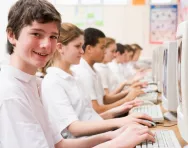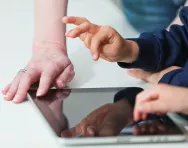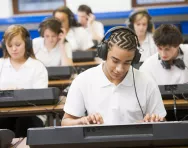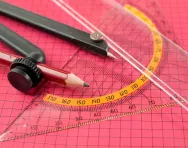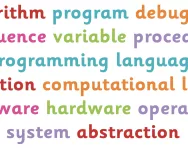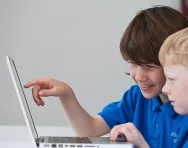Important update from TheSchoolRun
For the past 13 years, TheSchoolRun has been run by a small team of mums working from home, dedicated to providing quality educational resources to primary school parents. Unfortunately, rising supplier costs and falling revenue have made it impossible for us to continue operating, and we’ve had to make the difficult decision to close. The good news: We’ve arranged for another educational provider to take over many of our resources. These will be hosted on a new portal, where the content will be updated and expanded to support your child’s learning.
What this means for subscribers:
- Your subscription is still active, and for now, you can keep using the website as normal — just log in with your usual details to access all our articles and resources*.
- In a few months, all resources will move to the new portal. You’ll continue to have access there until your subscription ends. We’ll send you full details nearer the time.
- As a thank you for your support, we’ll also be sending you 16 primary school eBooks (worth £108.84) to download and keep.
A few changes to be aware of:
- The Learning Journey weekly email has ended, but your child’s plan will still be updated on your dashboard each Monday. Just log in to see the recommended worksheets.
- The 11+ weekly emails have now ended. We sent you all the remaining emails in the series at the end of March — please check your inbox (and spam folder) if you haven’t seen them. You can also follow the full programme here: 11+ Learning Journey.
If you have any questions, please contact us at [email protected]. Thank you for being part of our journey it’s been a privilege to support your family’s learning.
*If you need to reset your password, it will still work as usual. Please check your spam folder if the reset email doesn’t appear in your inbox.
What's taught in Key Stage 3 computing
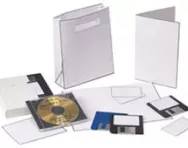
In Key Stage 3, computing lessons focus on computer science, where children learn about the principles of information and computation, how digital systems work, and how to use information technology to create their own programs and systems. The curriculum aims to equip them to use, express themselves and develop their ideas through computer technology at the level needed for the future workplace.
What children learn
In computing, students should be taught to:
- understand and use the basic principles and concepts of computer science, including abstraction, logic, algorithms and data representation
- analyse problems in computational terms, and write computer programs to solve these problems
- evaluate and use IT to solve problems
- use ICT reponsibly, confidently and creatively.
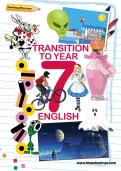

FREE Year 6 to 7 transition packs
- English & Maths transition packs
- Practise journalistic writing, figurative language, persuasive text and more
- Revise key maths methods and concepts
Lesson examples
Here are the kinds of things your child might learn at school:
- A group of year 7 pupils are introduced to the school intranet and asked to create guidelines for using the system. The guidelines could take the form of a desktop-published handbook or a multimedia presentation. The class learns how to log on to the network, launch applications, access shared files and save work into their own area.
- Year 8 children learn about the hardware and software components of a computer, and how they communicate with each other and with other systems
- Year 9 pupils use programming language to create a virtual pet that will die if it's not taken care of.
Help your child at home
- If you can, try to provide opportunities for your child to use a wider range of information communication technology, such as keyboards, remote control devices, recording equipment or even doing the shopping for you on the internet (although you may want to enter your card details yourself!).
- Encourage your child to make the most of the computer to improve the presentation of homework by using text, graphs, pictures, sound or video and so forth.
- Researching up-to-date information from secondary sources like the internet or a multimedia encyclopaedia can make a difference to marks. However, remember to talk to your child about dangers of copying work.

